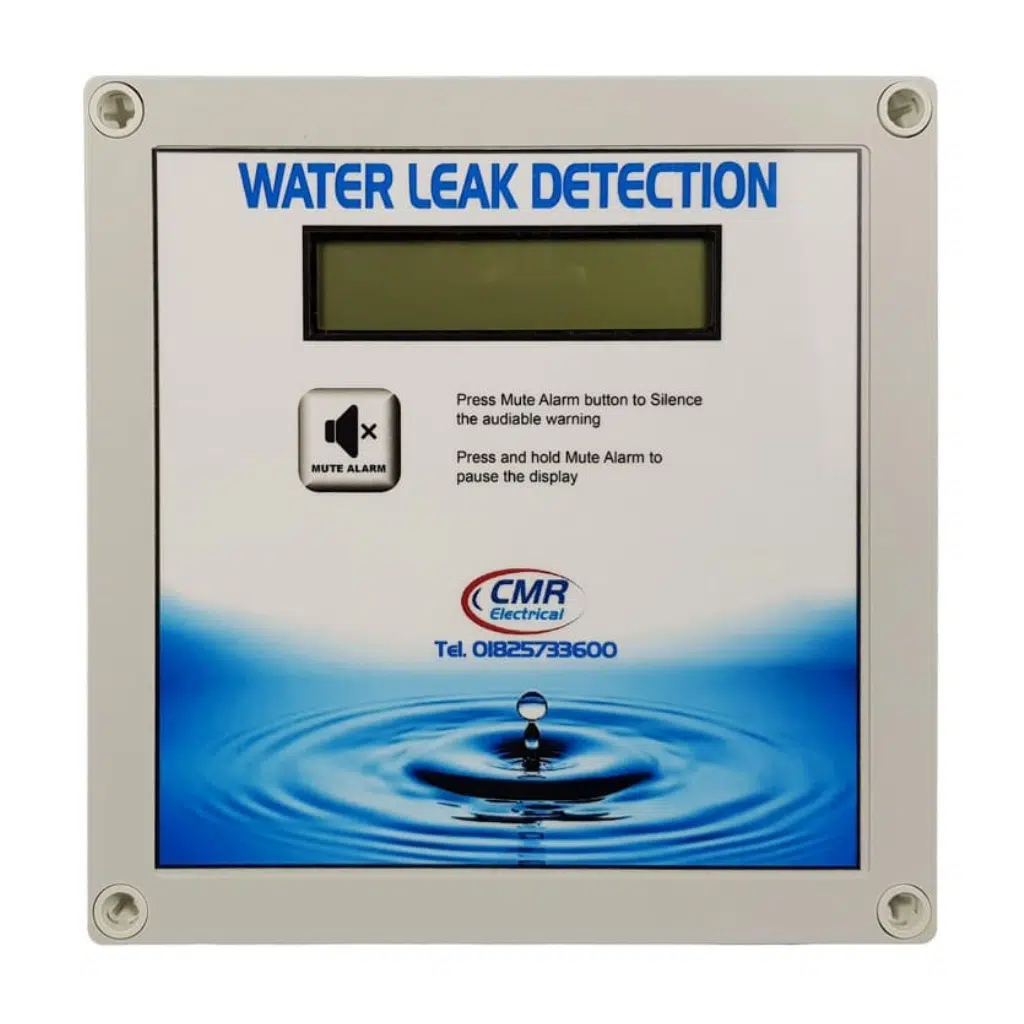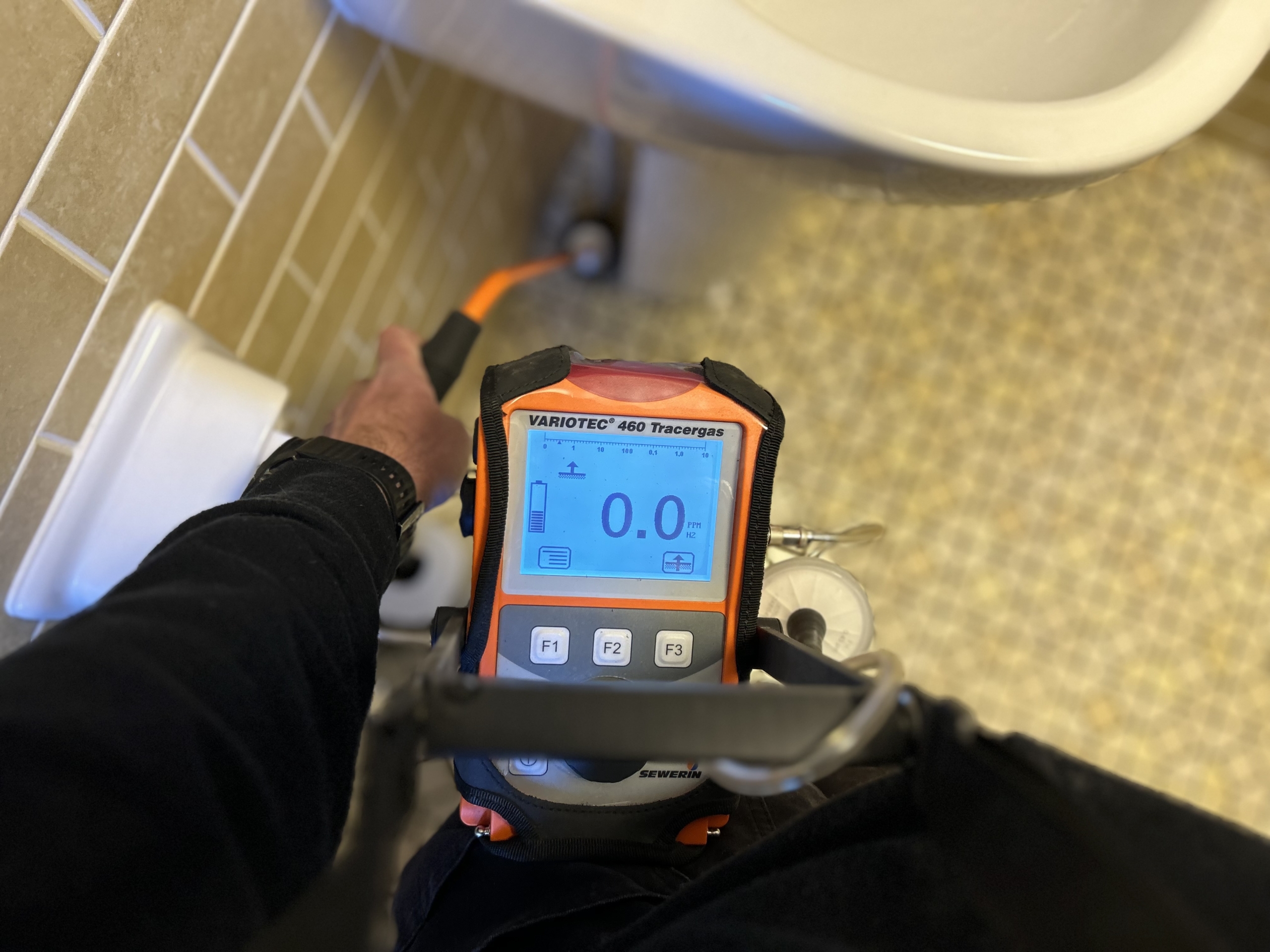Advanced Water Leak Detection Solutions for Your Home and Business
Ingenious Solutions for Very Early Detection of Water Leakages in Buildings and Framework
As the honesty of buildings and infrastructure is vital, the challenge of early detection of water leakages has actually spurred cutting-edge options that promise to change the means we protect versus possible damages. From advanced leak discovery modern technologies to the implementation of IoT sensing units for real-time surveillance, the landscape of leakage avoidance is developing quickly. Device understanding algorithms provide a glance right into the future of leak prediction, while thermal imaging provides a non-intrusive approach for pinpointing covert leakages. Automated water circulation analysis systems are improving just how leakages are identified and addressed, leading the way for an aggressive strategy to water leakage discovery. Each of these solutions holds the key to making sure the integrity and long life of our developed atmosphere, prompting a change towards a much more lasting and reliable future.
Advanced Leak Discovery Technologies
Advanced leakage discovery modern technologies, furnished with innovative sensors and algorithms, play a crucial function in swiftly identifying and pinpointing water leaks in various setups. These innovations utilize a combination of acoustic, thermal, and electromagnetic picking up techniques to discover leaks precisely. Acoustic sensors spot the noise of leaving water, enabling precise localization of the leakage source. Thermal imaging identifies temperature level adjustments brought on by water leakage, supplying one more effective method for leakage recognition. Electro-magnetic sensing units can determine changes in magnetic fields brought on by water, offering yet an additional layer of leakage detection capability.

IoT Sensors for Real-Time Tracking
In the realm of contemporary water leak detection, the assimilation of IoT sensors for real-time tracking represents an essential advancement in improving proactive leak discovery abilities. These sensors provide continual surveillance of water systems, giving real-time data on water circulation prices, pressure variations, and temperature adjustments. By leveraging IoT technology, these sensing units can spot also the tiniest abnormalities in water use patterns, enabling early identification of potential leaks before they intensify right into significant issues.
IoT sensing units send data to a central platform, where advanced algorithms evaluate the info and generate signals or alerts when abnormalities are detected. This real-time monitoring capacity permits homeowner or center supervisors to without delay resolve leakages, review lessening water damage, reducing fixing expenses, and saving water resources.
Additionally, IoT sensing units can be incorporated with structure management systems, permitting automated feedbacks to found leakages, such as closing off water shutoffs or activating pumps to minimize the influence of leaks. Generally, the execution of IoT sensing units for real-time tracking dramatically boosts the performance and effectiveness of water leakage detection in structures and facilities.
Artificial Intelligence Algorithms for Leakage Prediction

One secret advantage of using artificial intelligence for leak prediction is its capacity to continually find out and boost its precision in time. As more data is collected and fed right into the algorithm, it can refine its forecasts and adapt to changing problems, inevitably boosting the reliability of leakage discovery systems.
Furthermore, artificial intelligence formulas can help in recognizing subtle signs of leakages that may go undetected by conventional tracking methods. water leak detection. By assessing complex information sets in real-time, these formulas can offer very early warnings and informs, permitting prompt intervention and preventive upkeep to alleviate potential water damages and associated costs
Making Use Of Thermal Imaging for Leak Detection
Thermal imaging innovation offers a promising technique for spotting water leaks in different systems and frameworks. By making use of infrared radiation and temperature level variances, thermal imaging video cameras can determine hidden leaks that are here are the findings not easily noticeable to the naked eye.
Among the vital benefits of thermal imaging for leakage detection is its non-intrusive nature. Unlike traditional methods that may need getting into wall surfaces or floorings to situate leakages, thermal imaging permits non-destructive testing. This not only conserves time and minimizes expenses however likewise lessens interruption to the structure or facilities being examined. Furthermore, thermal imaging can swiftly scan big areas, giving an extensive review of More hints potential leakage resources in a prompt manner. Generally, using thermal imaging technology improves the performance and accuracy of water leak discovery, making it a useful tool for maintaining the integrity of structures and facilities.
Automated Water Circulation Analysis Equipments
Exactly how can automated water circulation evaluation systems reinvent the detection and monitoring of leakages in different systems and frameworks? Automated water flow evaluation systems provide an aggressive approach to leakage detection by continually monitoring water flow prices and patterns. By establishing standard information, these systems can promptly recognize discrepancies that might indicate a leak, allowing prompt treatment to stop substantial damage.
These systems utilize advanced formulas to analyze real-time information and supply instant notifies when abnormalities are discovered, permitting for quick action to be taken. Furthermore, computerized water circulation analysis systems can be integrated with building monitoring systems or IoT platforms, improving total efficiency and enabling remote surveillance abilities.
In addition, the information accumulated by these systems can be made use of for anticipating upkeep purposes, aiding to determine prospective powerlessness in the facilities before leakages happen. Generally, the implementation of automatic water circulation analysis systems can significantly improve leakage discovery and management practices, eventually causing cost savings, decreased water wastefulness, and raised sustainability in structures and facilities.

Final Thought
Finally, the combination of innovative leakage discovery technologies, IoT sensing units, equipment learning algorithms, thermal imaging, and automated water flow evaluation systems provides innovative solutions for early discovery of water leakages in buildings and facilities. These modern technologies enable real-time tracking, forecast of leakages, and efficient detection methods to protect against water damages and wastefulness. Implementing these solutions can help in maintaining the integrity and sustainability of water systems in different settings.